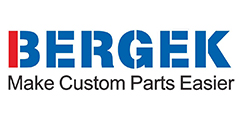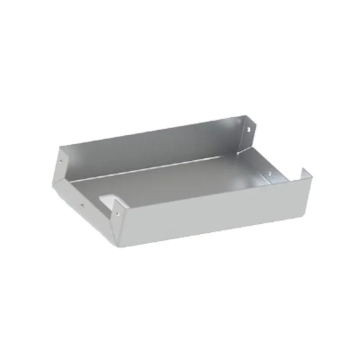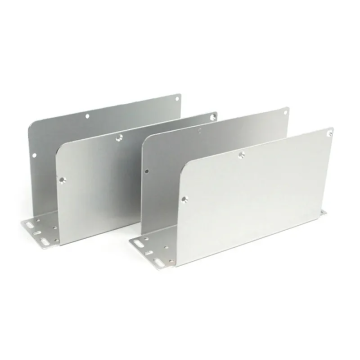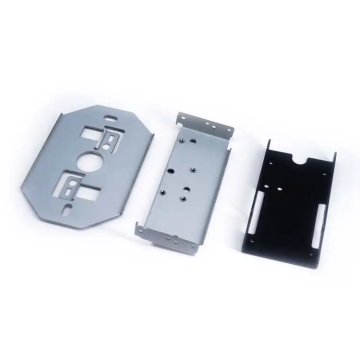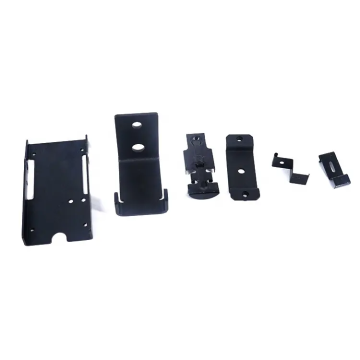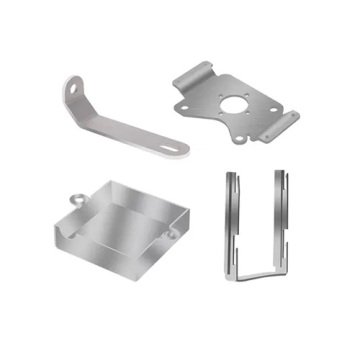
Types of CNC machining
-
$9.89≥10 Piece/Pieces
- Min. Order:
- 10 Piece/Pieces
- Min. Order:
- 10 Piece/Pieces
- Transportation:
- Ocean, Land, Air, Express
- Port:
- SHENZHEN
Your message must be between 20 to 2000 characters
Contact Now| Place of Origin: | SHENZHEN |
|---|---|
| Productivity: | 8000000pcs |
| Supply Ability: | 100000pcs per month |
| Payment Type: | L/C,T/T,D/P,Paypal |
| Incoterm: | FOB,CFR,CIF,EXW,FCA,CPT,CIP |
| Certificate: | ISO 9001:2015 |
| Transportation: | Ocean,Land,Air,Express |
| Port: | SHENZHEN |
What are the types of CNC processing? CNC machining is a manufacturing process suitable for a variety of industries, including automotive, aerospace, construction and agriculture. It can produce a wide range of products, such as vehicle frames, surgical equipment, aircraft engines, and hand and garden tools.
The process includes several different computer-controlled processing operations, including mechanical, chemical, electrical, and thermal processes that remove the necessary materials from the workpiece to produce a custom-designed part or product.
CNC Machining The most common mechanical CNC machining operations include CNC drilling, CNC milling, and CNC turning.
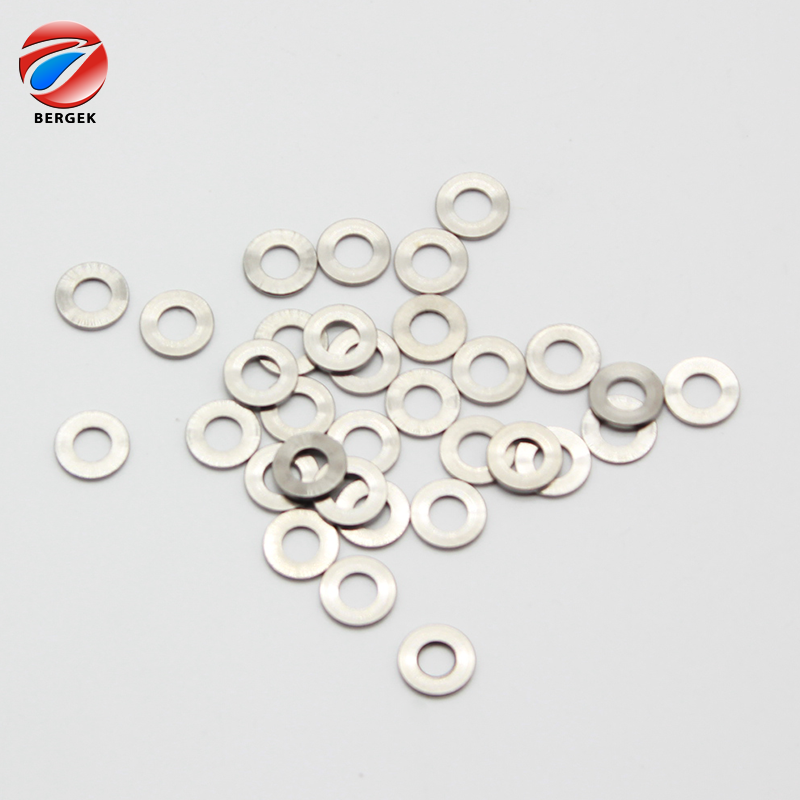
Nc drilling
CNC drilling is a kind of processing technology that uses a multi-point drill to punch cylindrical holes on the workpiece. In CNC drilling, a CNC machine usually feeds a rotating drill bit perpendicular to the surface plane of the workpiece, producing vertically aligned holes with diameters equal to the drill bit diameter for drilling operations.
However, bevel drilling operations can also be performed using a dedicated machine configuration and workpiece clamps. The operational capabilities of the drilling process include a counter hole, counter hole, reaming hole, and tapping CNC milling.
CNC milling
CNC milling is a process that uses rotating multipoint cutting tools to remove material from the workpiece. In CNC milling services, the CNC machine usually feeds the workpiece into the tool in the same direction as the tool rotates. In hand milling, by contrast, the machine tool provides the workpiece with the opposite rotation of the tool.
The operational capabilities of the milling process include face milling (cutting out a shallow, flat surface and bottom cavity in the workpiece) and peripheral milling (cutting out a resonant cavity (such as grooves and threads) in the workpiece).
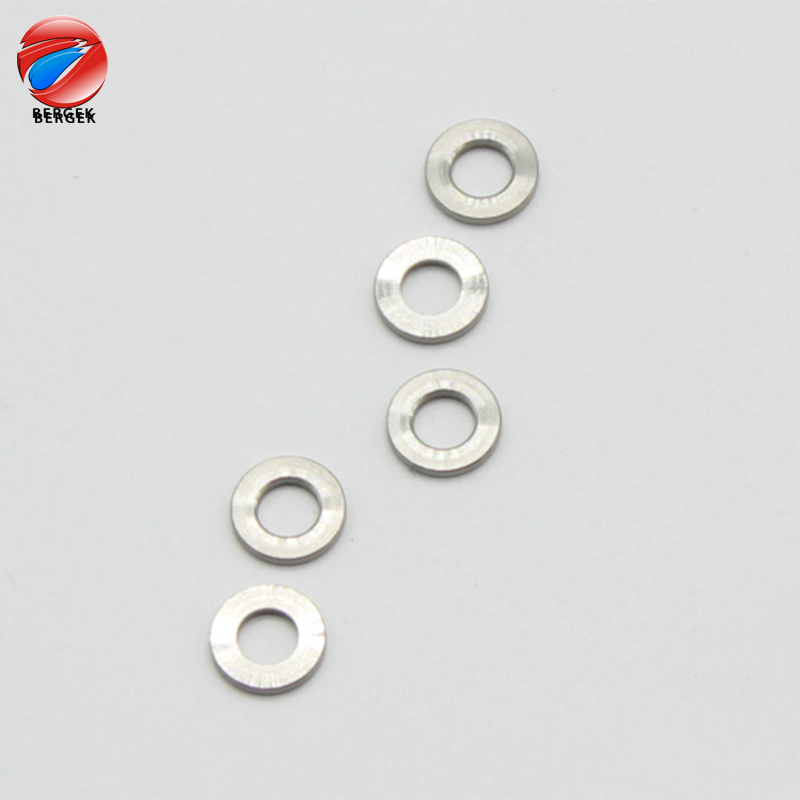
The numerical control turning
CNC turning is a process that uses a single point cutting tool to remove material from a rotating workpiece. In CNC turning, a CNC machine tool -- usually a lathe or lathes -- feeds the cutting tool in linear motion along the surface of the rotating workpiece.
Material is removed along the circumference until the desired diameter is reached, producing CNC turning parts with internal and external cylindrical features such as grooves, tapers, and threads. The operational capabilities of turning processes include flathead, end face, groove, and thread cutting.
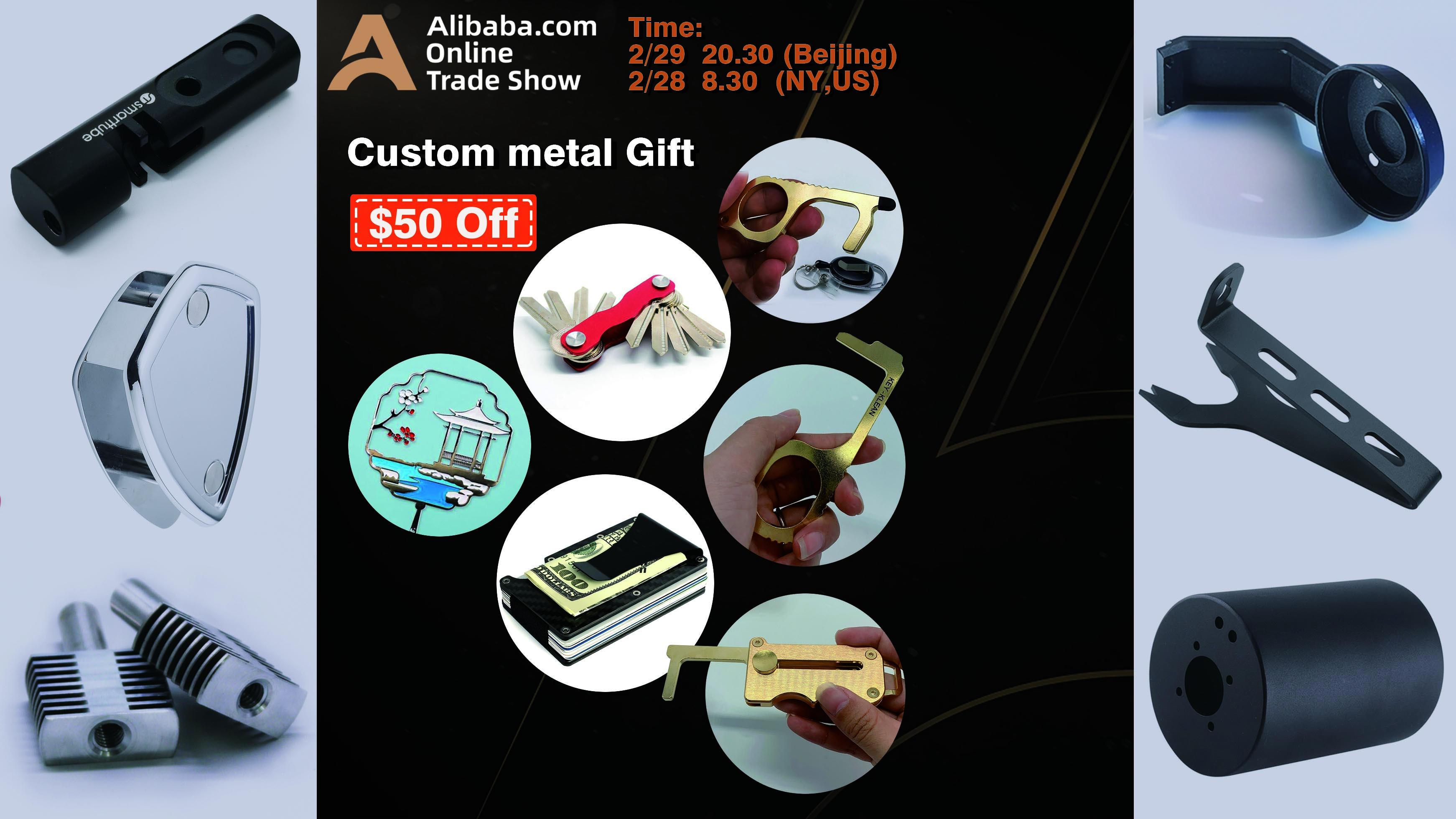
Related Keywords

